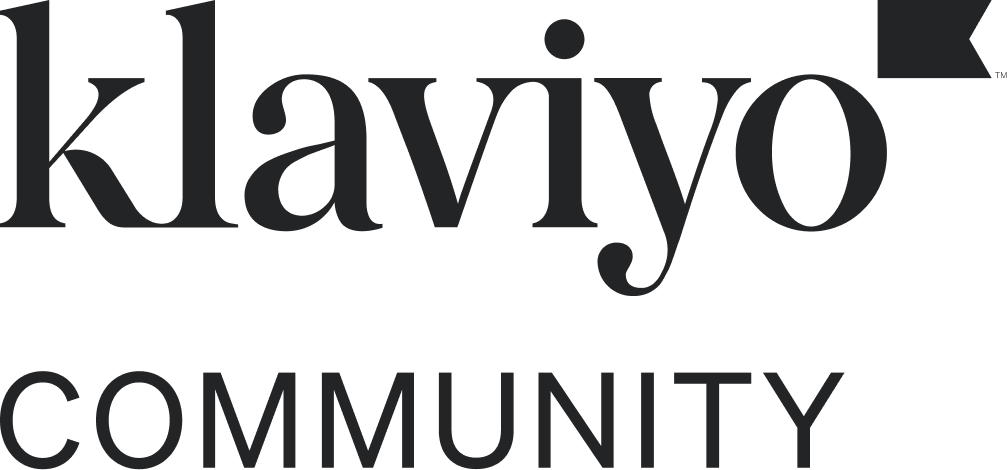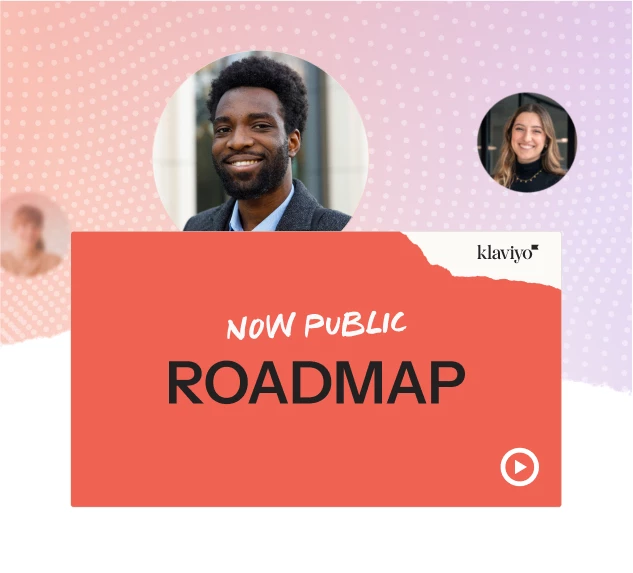It’s been nearly a year since I launched a preference center for The Sak, and even with a relatively modest volume of responses, the insights we've gained from first-party data have sparked some powerful marketing practices.
First—How Did We Set It Up?
Instead of relying solely on unsubscribe links, we gave our subscribers a more nuanced option: to opt-down rather than opt-out. At the bottom of every email, we included a link inviting customers to update their preferences—whether that meant choosing fewer emails or specifying content they care about most.

When a customer filled out the form, we tagged them with custom properties, such as:
-
Favorite product category
-
Preferred colors
-
Communication channel preferences (email, SMS, etc.)
-
Desired frequency per channel
These tags became the backbone of our data-driven approach.
Why It Matters
Collecting first-party data is only valuable if you use it. Klaviyo won’t automatically include or exclude subscribers from campaigns based on these preferences—so we had to build that logic into our campaign planning.
In triggered flows, implementing preference-based logic can be a bit more complex. But for ad hoc campaigns, it’s a game-changer.
How We’ve Activated This Data
Here are just a few examples of how we’ve used this data to improve our customer experience and performance:
-
Respecting frequency preferences: Customers who requested fewer emails are excluded from low-priority sends.
-
Seasonal sensitivity: We exclude customers from Mother's Day or Father's Day campaigns if they've opted out of those themes.
-
Content personalization: We send stories and promotions based on a subscriber’s favorite color or category.
-
Birthday perks: Subscribers who shared their birth month are added to a birthday campaign offering double loyalty points.
Final Thought
If you haven’t set up a preference center in your Klaviyo email program yet—do it now. Even small amounts of first-party data can lead to big results when applied with intention.





![[Academy] Deliverability Certificate Forum|alt.badge.img](https://uploads-us-west-2.insided.com/klaviyo-en/attachment/505f2253-cde5-4365-98fd-9d894328b3e0_thumb.png)
